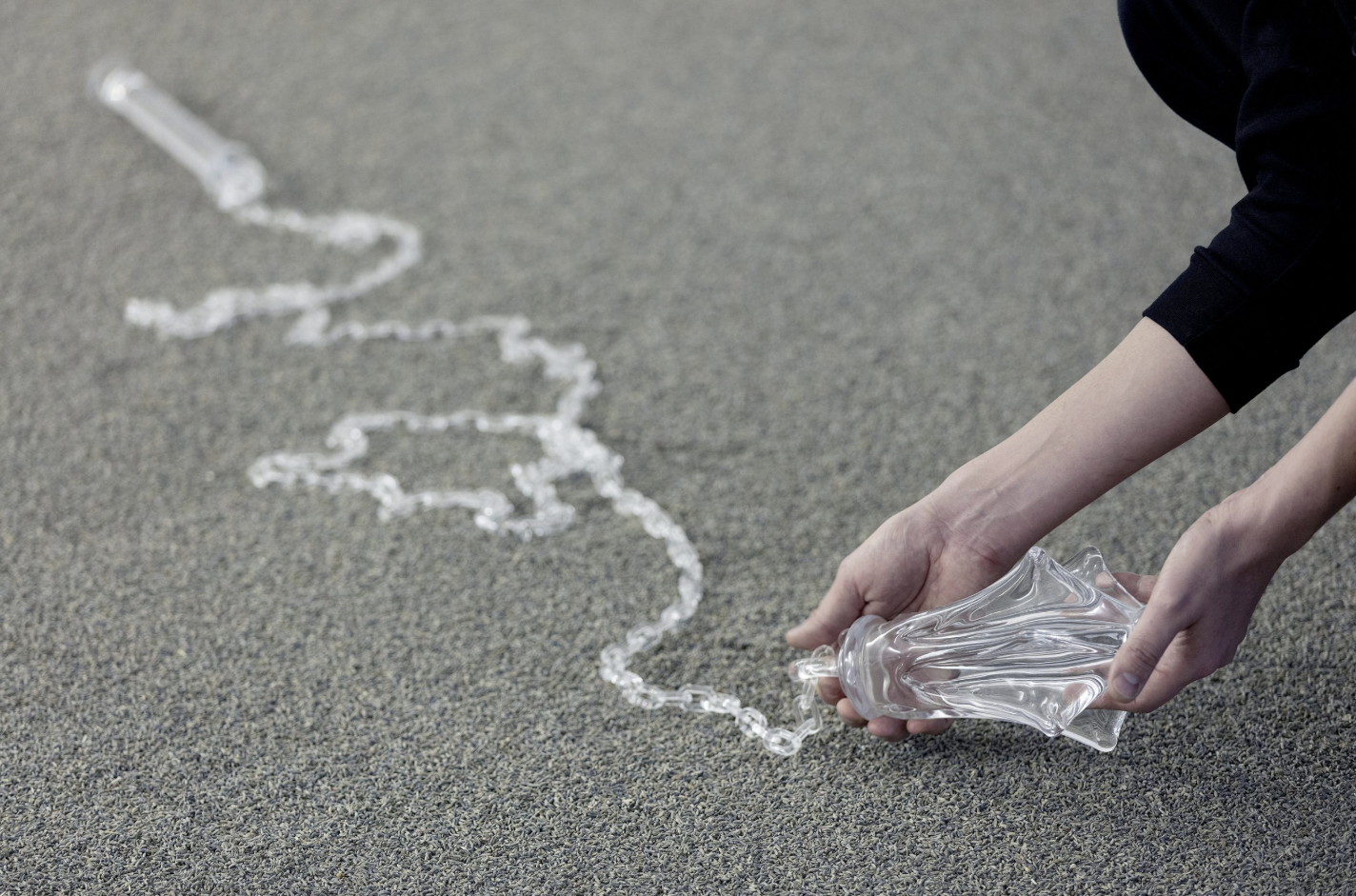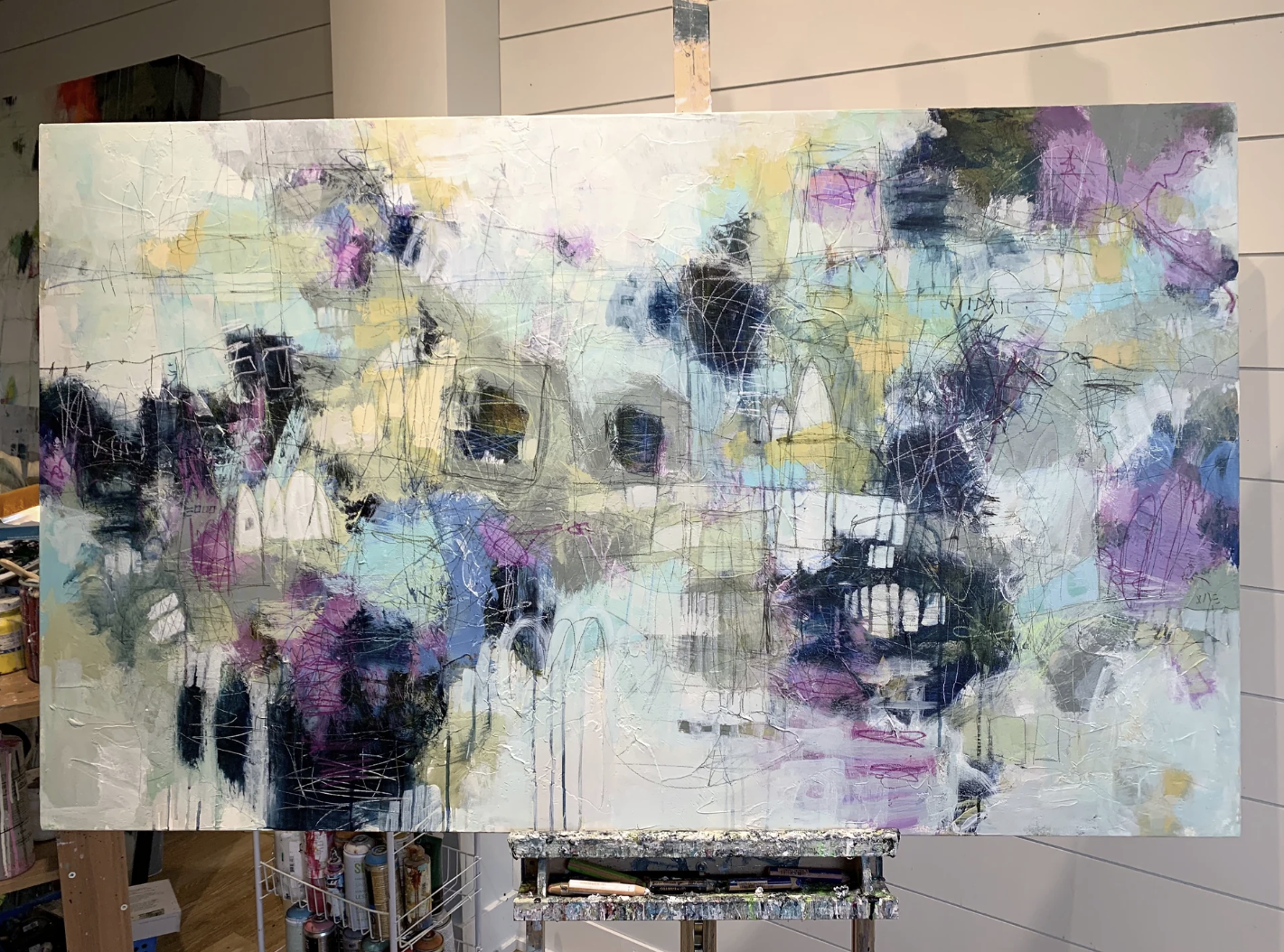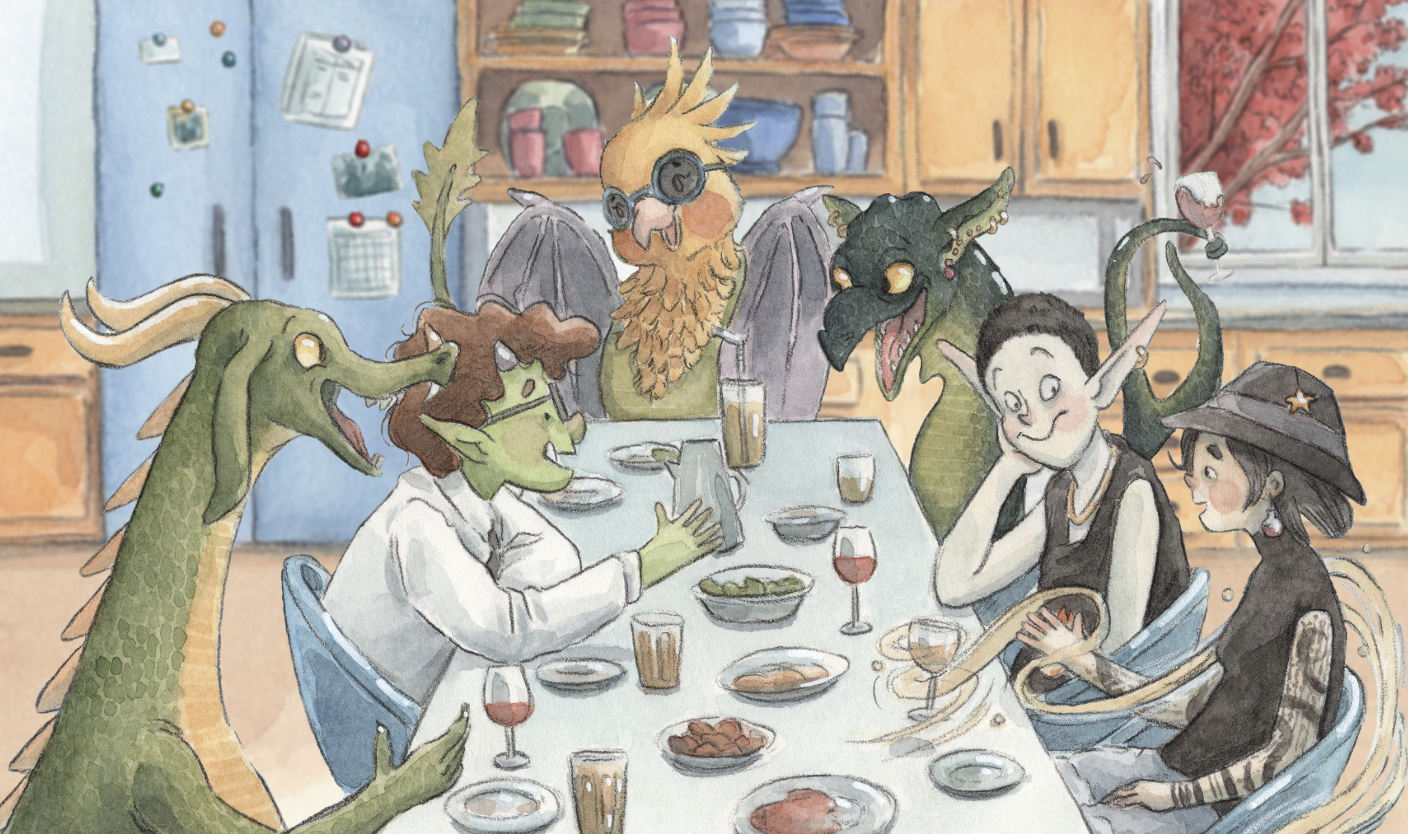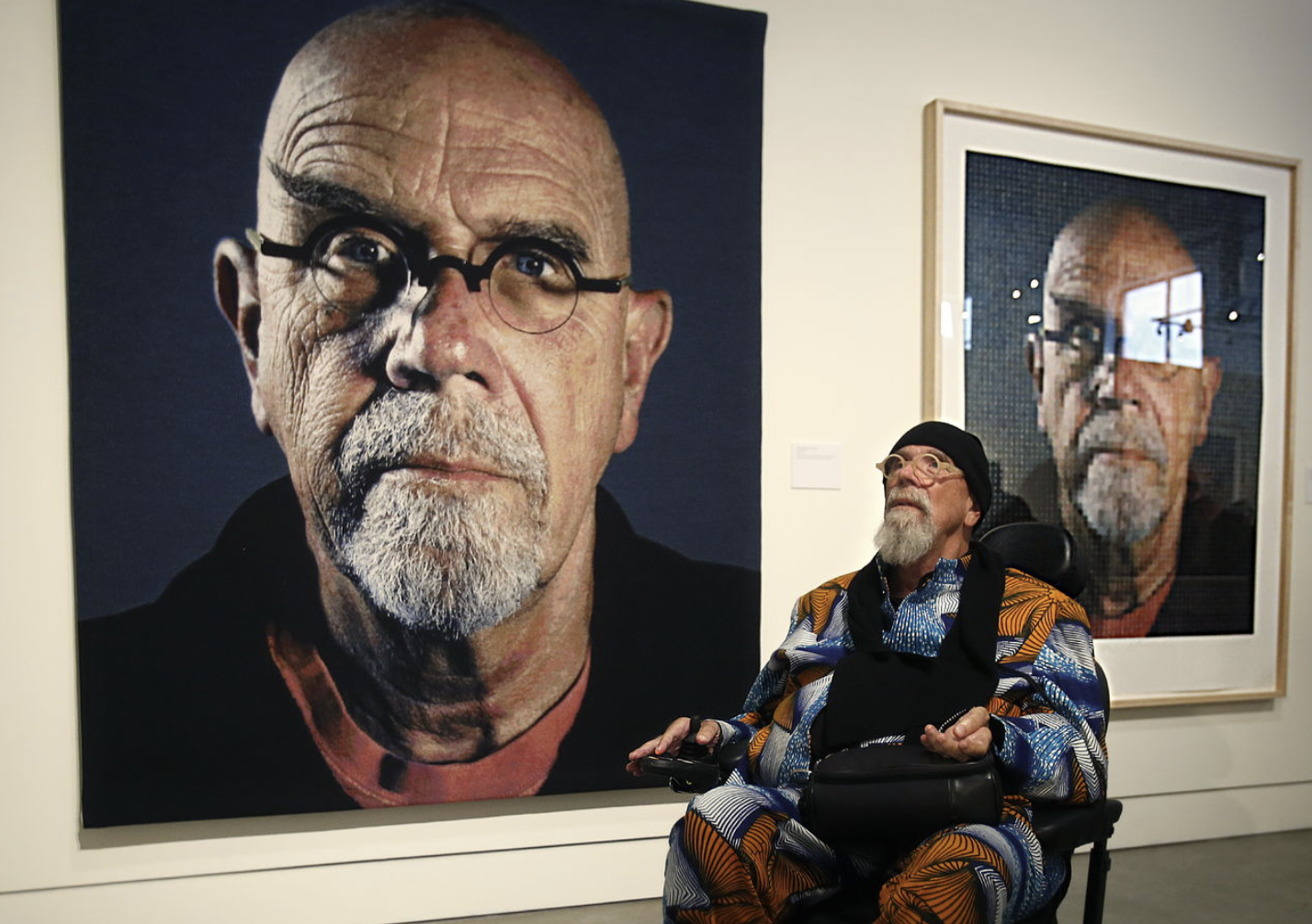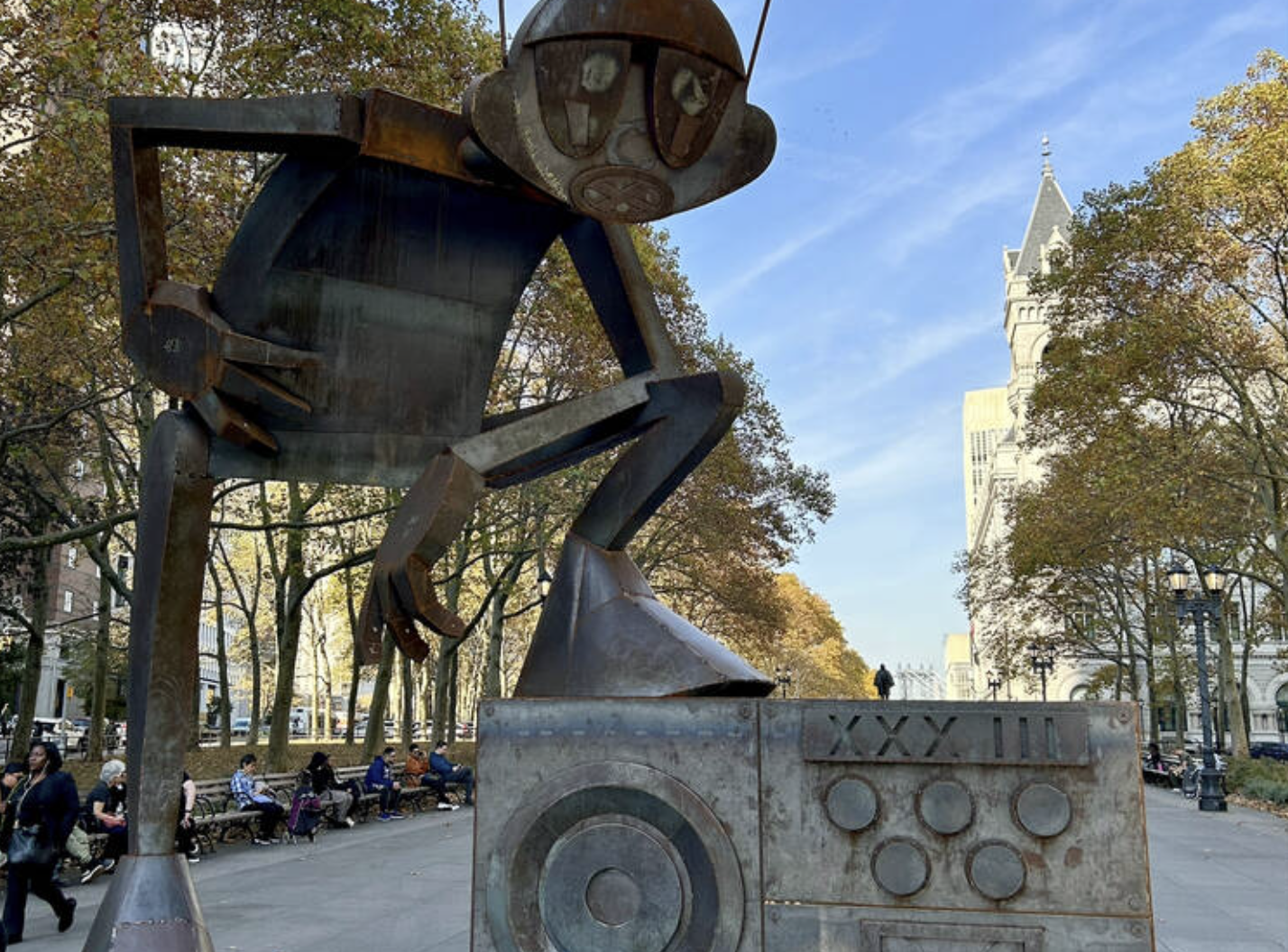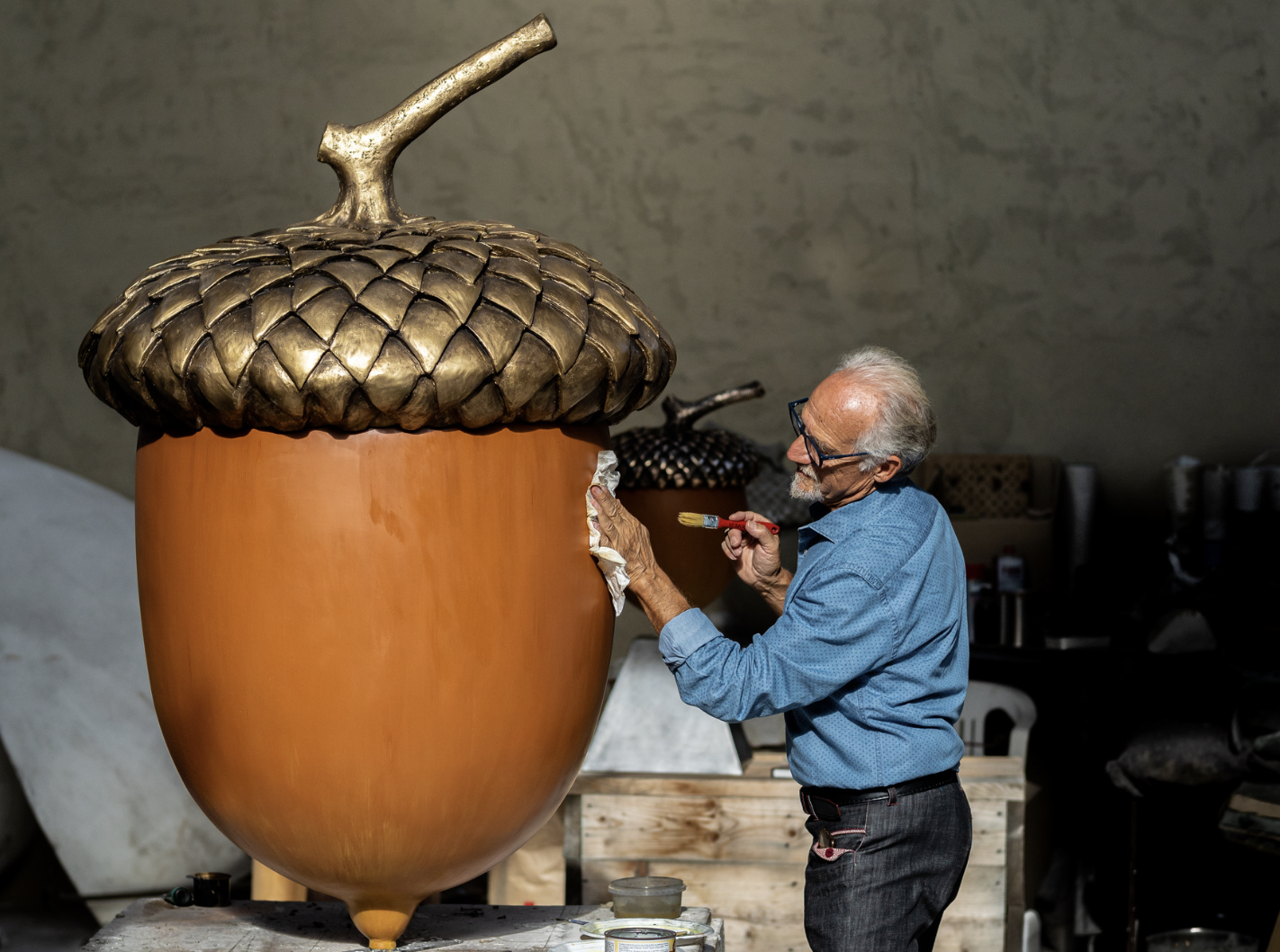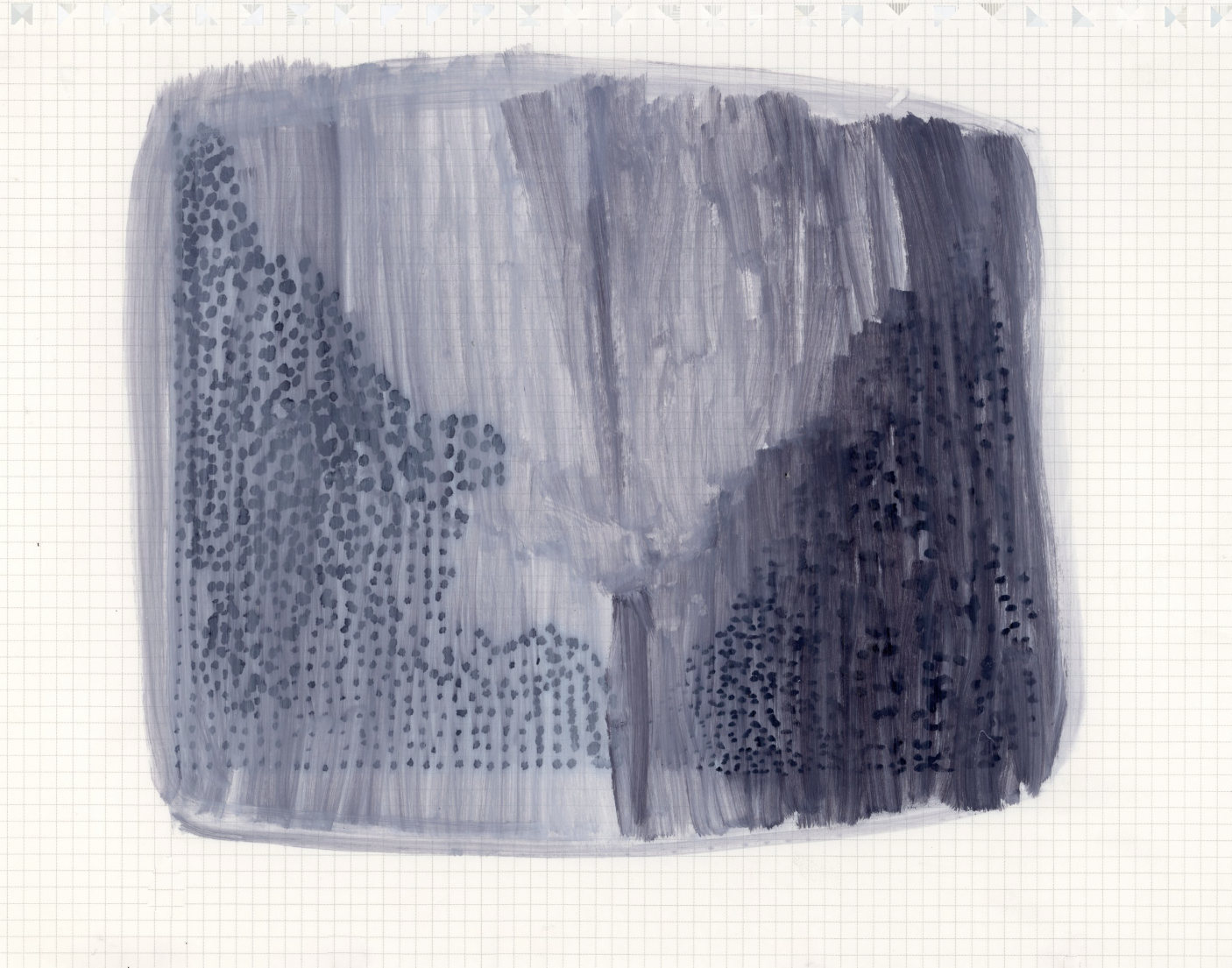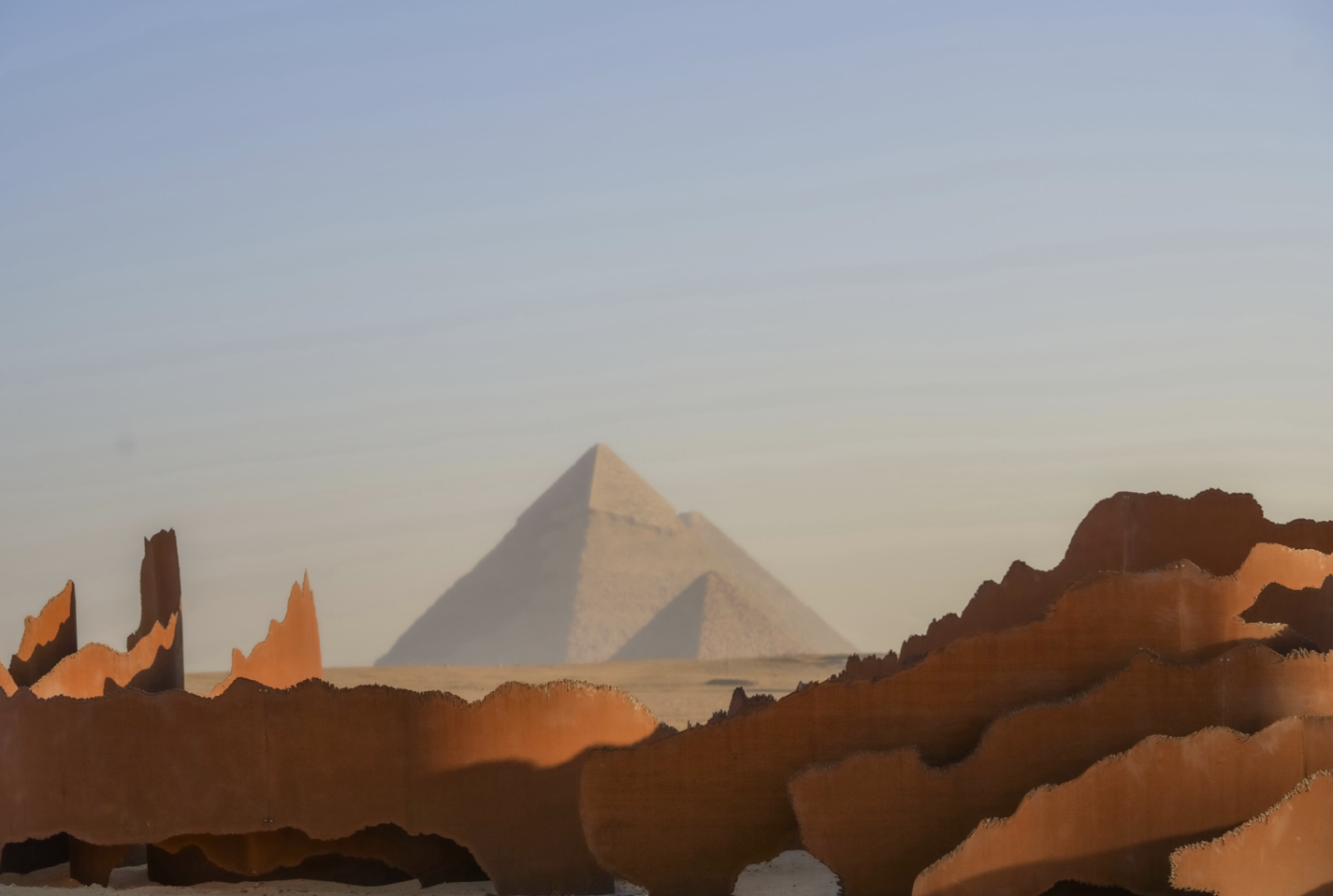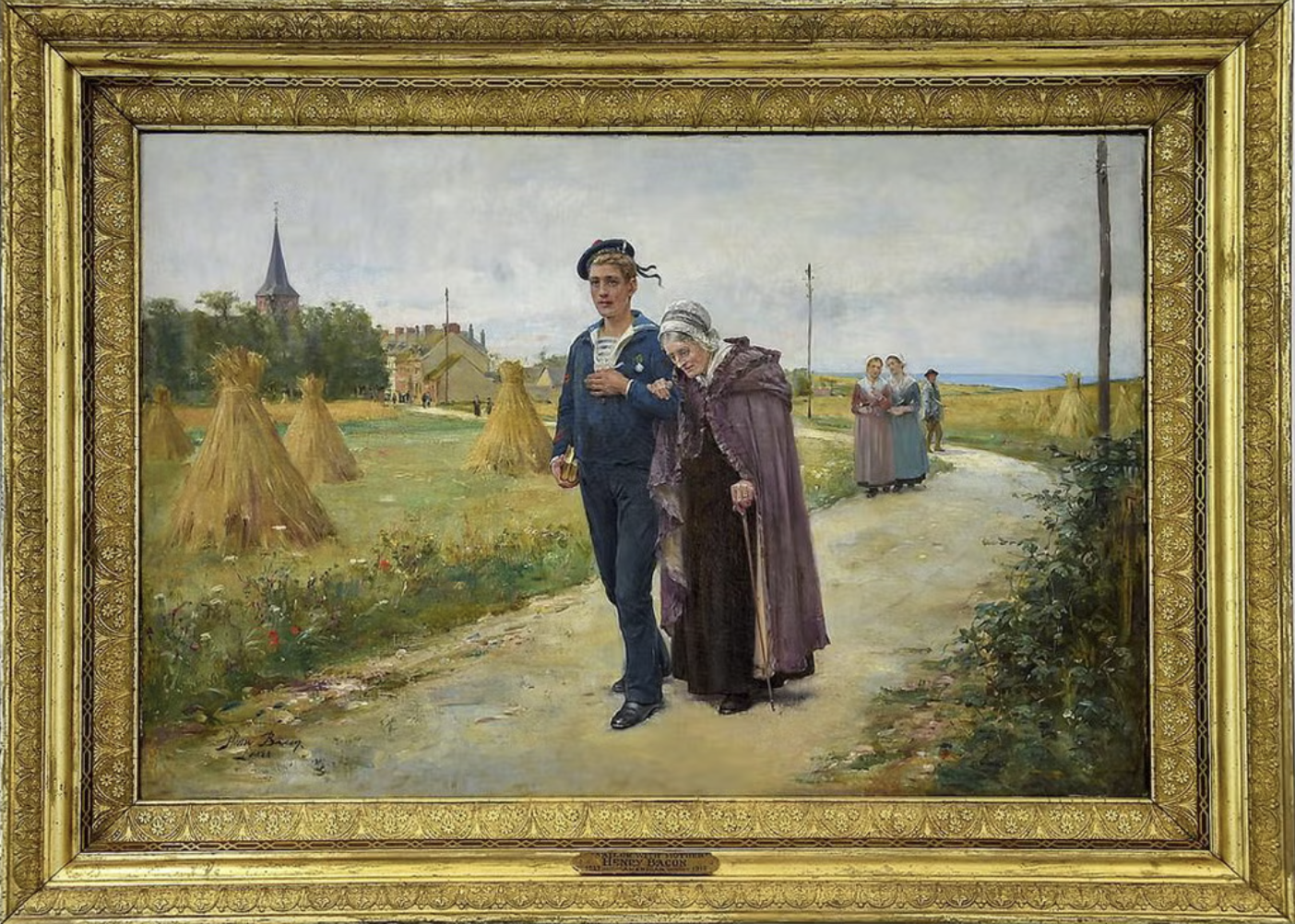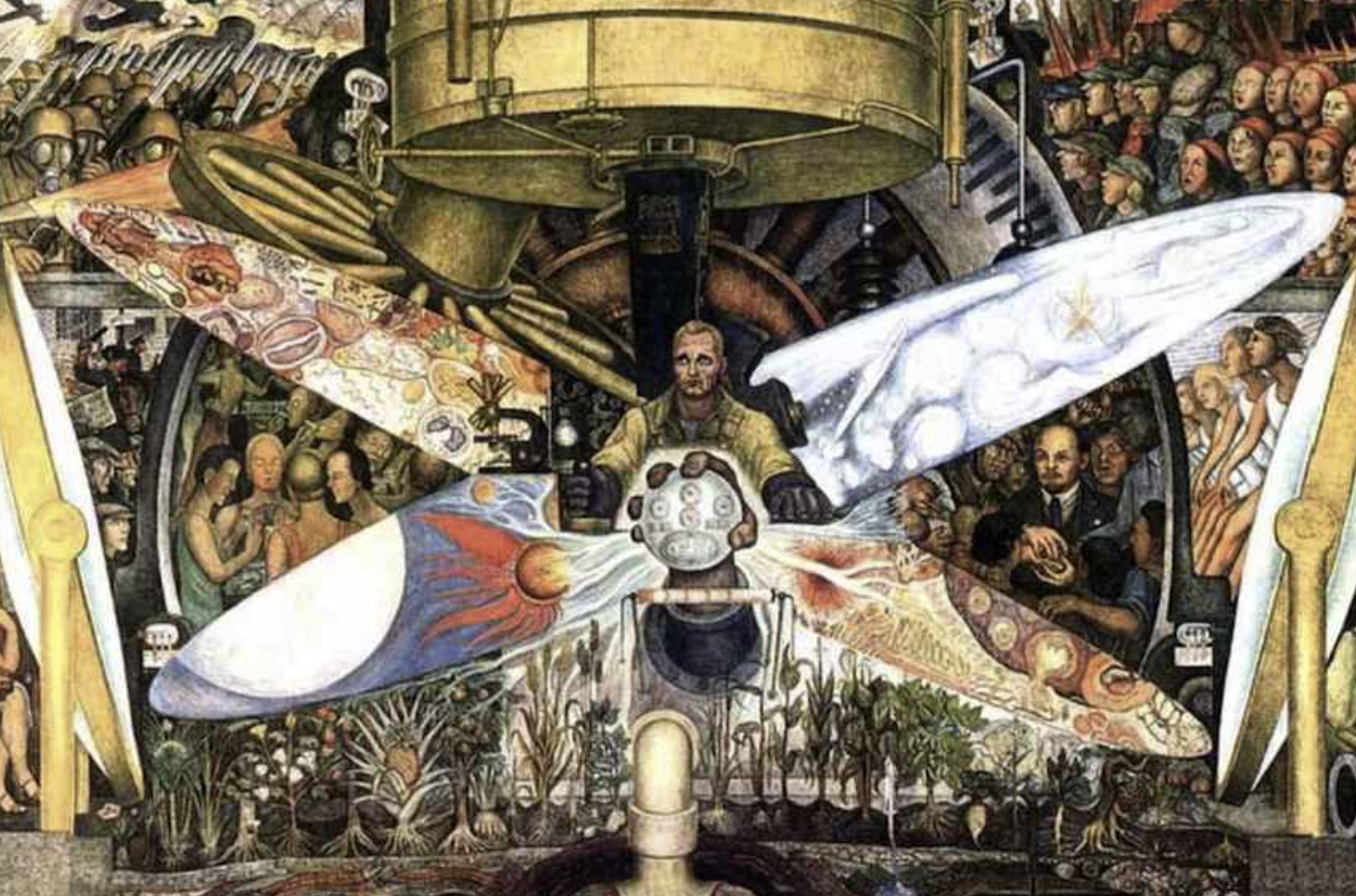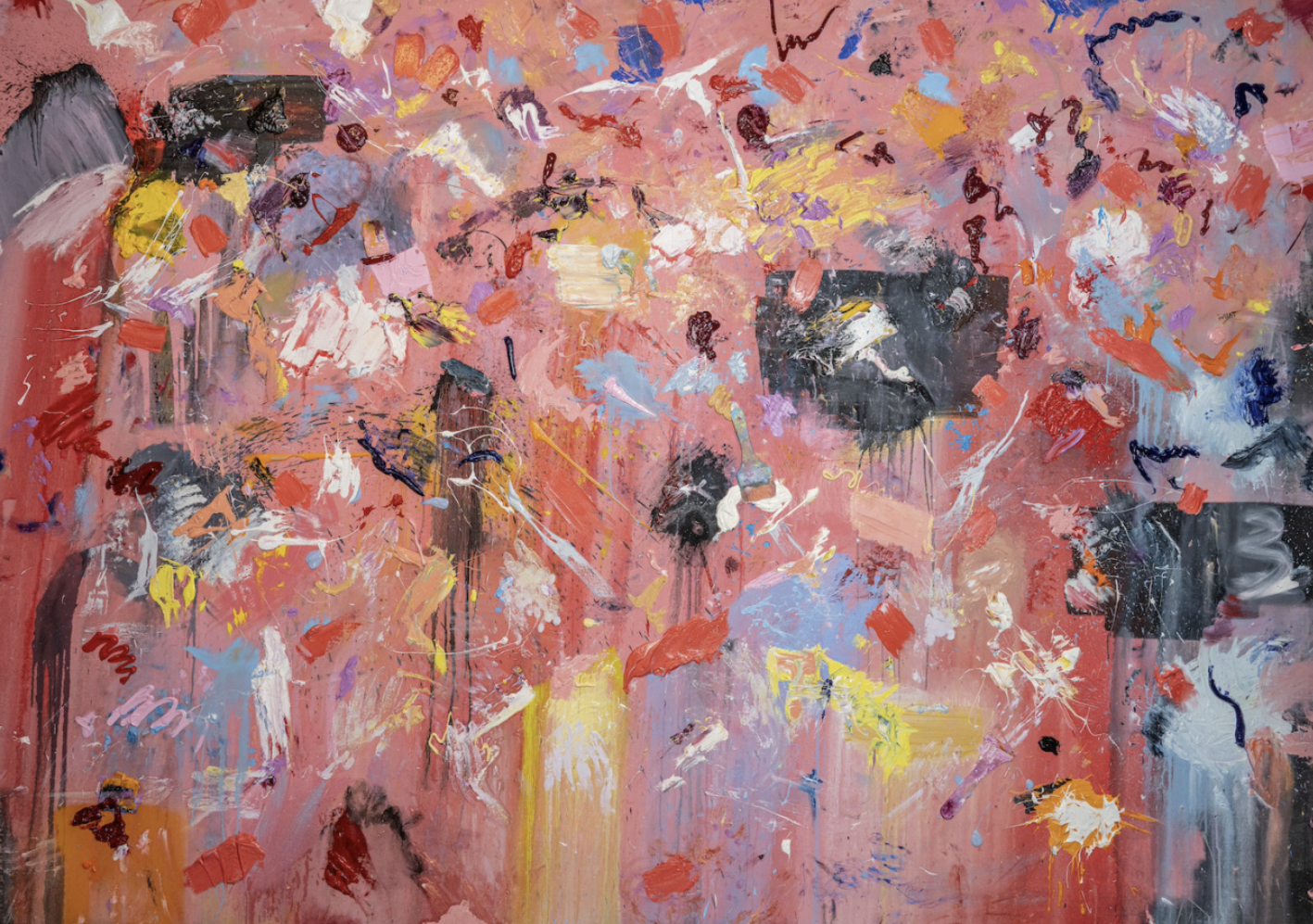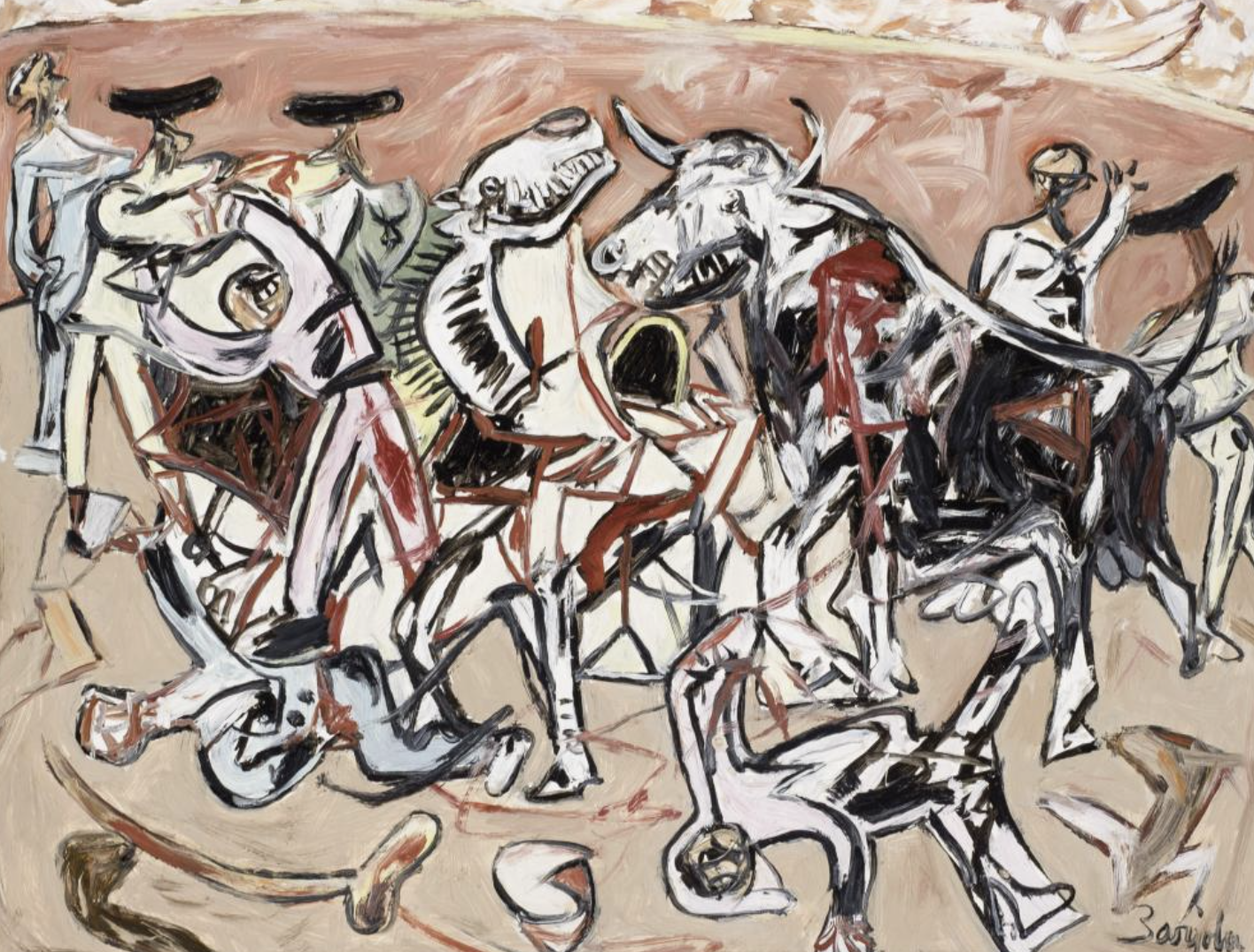
Few artists have delved into the depths of human existence quite like Juan Barjola (1919-2004). A major figure in Spanish Expressionism and New Figuration, Barjola’s artwork is known for its striking depiction of violence, drama, and grotesque beauty. A current exhibition titled Barjola, An Apocryphal Portrait at SOLO Independencia aims to reframe Barjola’s work by juxtaposing it with pieces from more than 20 contemporary artists from the Colección SOLO. The exhibition explores the evolution of artistic expression, showcasing Barjola’s intense compositions alongside contemporary voices, creating an engaging dialogue that spans generations.
At the heart of this exhibition lies a critical question: how does artistic expression evolve over time? By pairing Barjola’s raw figures with works from artists such as Stephan Balkenhol, David Altmejd, Tomoo Gokita, and Eva Alonso, the exhibit draws out unexpected connections. It also includes references to iconic figures like Francis Bacon and David Lynch, whose work resonates with themes of existential dread, offering additional layers of meaning as the exhibition delves into the grotesque, surreal, and fundamentally human.
From Brutality to Absurdity
Barjola once declared that art devoid of content is reduced to mere aesthetics, a sentiment reflected in his powerful, narrative-driven pieces. His work depicts suffering, oppression, and human cruelty with an unflinching immediacy. Triptych Crucifixion (1978) is a haunting exploration of suffering, while Animal on Table (1997) evokes a sense of impending doom. Even his more intimate works, like Two Women in Front of a Mirror (1990), are imbued with the weight of historical trauma.
In response to these intense subjects, contemporary pieces like Paco Pomet’s Franchise (2024) and Eva Alonso’s Too Many Puppies (2019) engage with violence through a lens of subversive humor and irony. The grotesque is transformed into satire, as seen in Lusesita’s ceramic sculpture Dangerous Dog (2019), which captures aggression in a deceptively charming way. This contrast between tragedy and comedy—a hallmark of Barjola’s work—is carried forward in the pieces of artists like Joakim Ojanen, whose playful, cartoonish reinterpretations of classical tragedy bring a fresh perspective to the ongoing dialogue between the two extremes.
Reimagining Figuration
Barjola’s skill as a figurative artist lay in his ability to distort and exaggerate human forms, pushing the boundaries of traditional realism. His Figures (1990) morph human bodies into hybrid shapes, prefiguring today’s digital and AI-generated visual languages. This modern sensibility is mirrored in works like Tobias Bradford’s kinetic sculpture Solo (2021) and Ulyss3s’ AI piece Is This Dancing? (2025), which continue Barjola’s exploration of fragmented identities. Even David Altmejd’s 93 (2022), with its recursive, disjointed figures, reflects the notion of identity as an ongoing, mutable process.
The exhibition also highlights Barjola’s fascination with portraiture, a theme that resounds in the works of contemporary artists like Emilio Villalba, Siro Cugusi, and Tomoo Gokita. Barjola’s Apocryphal Portraits, marked by gestural exaggeration and texture, find modern counterparts in the deconstructed faces of Villalba, Cugusi’s surreal forms, and Gokita’s stark, dreamlike imagery. Works by David Lynch and Francis Bacon further deepen the show’s exploration of the portrait as a site for psychological and existential probing.
An Immersive Experience
SOLO Independencia’s architecture plays a pivotal role in the exhibition, enhancing the experience with its labyrinthine design. Pieces are placed strategically within the space, encouraging visitors to navigate through corridors, niches, and vantage points. This immersive environment transforms the exhibition from a mere collection of artworks into an interactive journey. For instance, Woman with Balcony (1998) takes on new meaning when framed within an actual architectural opening, while Çağrı Taşkın’s Promenade (2021) alters the viewer’s perception of space, demanding a more distant, reflective gaze.
Revisiting a Legacy
Juan Barjola’s artistic career spanned several decades, influenced by movements ranging from social realism to surrealism, abstraction to cubism. Despite this breadth, his unwavering focus remained on one core theme: an unyielding engagement with the human condition. Barjola, An Apocryphal Portrait is not just a tribute to the artist; it is a revitalization of his legacy, demonstrating that his themes of violence, identity, and distortion remain as relevant today as ever.
The exhibition, which will run until the end of the year, offers visitors a chance to experience this cross-generational dialogue firsthand. With extended hours and guided tours available in both Spanish and English, Barjola, An Apocryphal Portrait provides a rare opportunity to immerse oneself in the artist’s world while observing how his influence continues to shape contemporary art.


